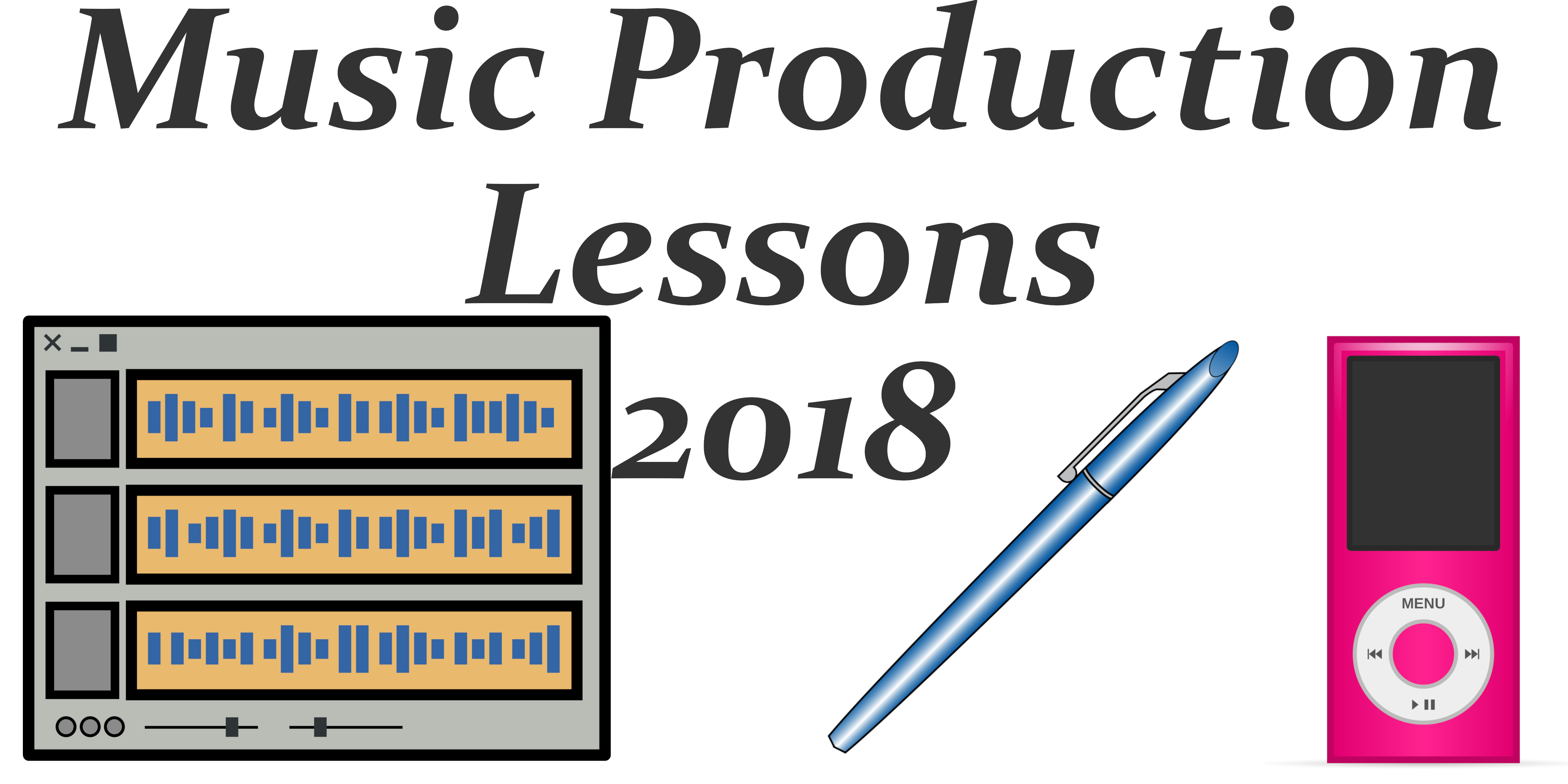Music Production Lessons in 2018

First published on October 22, 2018
I haven’t blogged much this year because I’ve been focusing on mixing and releasing music (and making JtSpratley.com presentable). The only music blog, out of 7 this year, was about mixing music as a teen. It doesn’t help that my ad service Project Wonderful recently shut down. But I’ve uploaded 14 tracks to SoundCloud this year! I’ve been doing more than mixing music, though. I’m learning the business side. Continuing the trend from last years’ lessons learned, Below are 7 lessons that have improved my 2018.
1. Lead with the Story
My main purpose for the blog was to share my experiences and life story to help others. This was confirmed as a good idea in Ari Herstand’s CD Baby presentation. One of his take-away messages was “you have to lead with your story.” I enjoy Aaliyah, Timbaland, Missy Elliot’s story. I’m a musician who put his dreams aside during military service and exited wanting to continue helping others while trying to make up for all the time I’ve lost. Although I don't blog much about music, I do my best to balance my experiences with facts.
2. Arrangement
Until I started releasing music, I was fine with the blocky sections for the Intro-Verse-Chorus-Verse-Chorus-Bridge-Chorus arrangement. Now I put more effort into ways to fight repetitiveness – i.e. transitions from one part to the next, switching it up, automating volume and panning. That along with the upload limit for free Soundcloud accounts help pull me out of “creator enjoying my creation” into “new listener expecting that next thing to make me want to keep listening to an instrumental.” I’ve done SFX and skits in indie musicians’ tracks, but cutting out the beat for a punchline and adding SFX isn’t the same as knowing how to transition low/high-pass filters and other automation within specific sounds. I reference my favorite tracks for ideas depending on the genre often.
3. Music Distribution
Uploading music to Soundcloud and YouTube in December 2015 was a milestone because it was the first time I’d shared my music online. But learning about music distributors for getting tracks on Spotify (until recently), iTunes, Amazon, etc. was a huge maze. Of course CD Baby is the US top dog because of their reputation and time around. But DistroKid and SoundDrop (child of CD Baby) are also reputable for different reasons. I’m far from expert on the topic, but I’ve learned plenty between talking with them and reading articles from Ari’s Take, Mastrng.com, and productionmusiclive.com. After I learn more about the distributors, ISRC, UPC / ESN, and YouTube licensing, I’ll write a sequel to Resources Every Musician Should Know.
4. Delegate Tasks
I remember when Tim Beale, the recording engineer that mixed my beats for my mother’s Ride ‘Em album, assured me there was nothing wrong with having my music mixed by someone else, especially during the beginning of my career. That conversation, 14 years ago. came to mind when I decided to let DoctorMix mix the first tracks I’d push through a music distributor. Thanks to Lady J for telling me about them. The ability to delegate something that would take me weeks to someone else for that price and quality is well worth the results – better music for consumption. I’ll try Mixandmastermysong.com one day. I may do the same thing with album art.
5. Producer vs Beat-Maker
I watched two producers, DJ Khaled and VA-based ReaperKussion, explain the difference between a beat-maker and music producer. The beat-maker just makes the beat. The producer works with the beat-maker, vocalist, recorder, instrumentalist, mixer, and mastering engineer to get the desired end-result. It’s project management. I’ve been recording local artists for years and only thought of myself as a recording engineer, or “mixer.” This distinction, along with my Mixerman readings, helps describe the times I advised artists on tracks and made changes. I was producing.
6. Summing Box
These boxes of magic reportedly improve a mixdown’s overall sound by giving a true 2-bus of all combined tracks during playback. There are debates on their usefulness and software emulators, but its interesting to read. They’re expensive. Moving on.
7. Undo Init in Position in FL Studio
This is specific to FL Studio, formally Fruity Loops. There’s an option for automatable settings called “Init in position”. When enabled, when the song plays again that parameter will initialize in a specific position. I accidentally set it on a few songs and didn’t know how to fix it until I found the Journey into Music blog. Life saver.
What should I know about these things. Contact options below.
Tags: music, music-production





